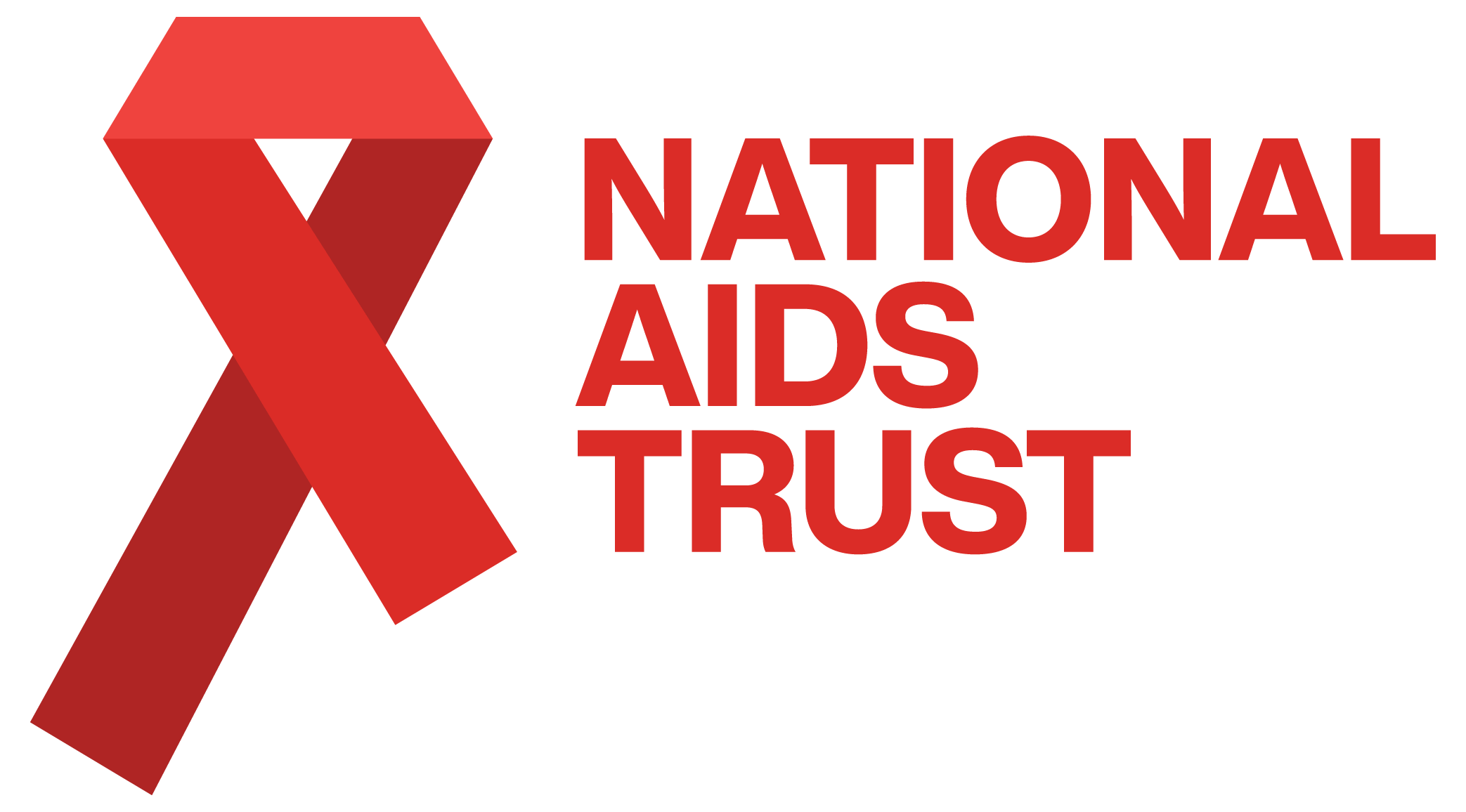Can England learn from the US's HIV prevention ambitions?

The scene was set at the HIV Glasgow 2014 conference with public health expert, Kevin Fenton’s speech comparing the current HIV strategies of the UK and US.
Given he is currently working at Public Health England (PHE) in the UK and has previously worked at the Centre for Disease Control and Prevention (CDC) in the US he is ideally placed to make this comparisons.
Fenton started by outlining the differences in the way both countries approach HIV prevention. In the US they have a separate strategy for HIV whereas in the UK HIV is incorporated into the Sexual Health Framework.
To me perhaps the first thing that stood out in Fenton's talk was the difference in the ambitions of the US and England (the emphasis was on England, not the UK as whole, as pointed out by colleagues at HIV Scotland). England's framework - described by Fenton as more holistic - does come across as a little conservative compared with the bold ambition of the CDC for a 'future free of HIV'.
This could be because as pragmatic Brits we shy away from such big statements. But actually, we have a good track record in many areas of prevention, with political will there is no reason why we could not continue this trend.
To Fenton, the English framework is in fact a more modern approach than that outlined by the US’s strategy. Our current strategy aims to improve the general sexual health of the public throughout life, with HIV being an integral part of that.
At NAT, however, we do have some real concerns about England’s strategic response to HIV. According to England's Sexual Health Framework the Government wants to improve knowledge and understanding of HIV and transmission, reduce HIV stigma and reduce late diagnosis – all great ambitions. However, HIV late diagnosis, is a formally monitored 'public health outcome'. We need the system to hold national and local government to account for prevention and stigma as well as HIV testing. In the coming months NAT will publish findings of a survey of HIV prevention spending across high prevalence authorities in England. A (not so surprising) preview of the findings - there is significant and apparently random variations in approach.
The Framework also only treats HIV as a sexual health issue, ignoring people who inject drugs or the on-going issues of HIV as a long-term condition. NAT has previously expressed concern at HIV being only addressed in a sexual health strategy, rather than being given the attention required to effectively address the nuances of the epidemic.
Fenton concluded with the key principles which both countries need in place for effective HIV prevention: political leadership (citing Obama in the US), targeting of key affected populations, a combination approach (see UNAIDS recommendations), innovation in service design, and leading on from this, use of new prevention technologies (PreP, for example).
A bolder statement of intent and responsibility for HIV prevention would help to ensure the necessary investment and some consistency of approach. We know prevention saves money and lives. It deserves a strategy to reflect its significance.
HIV Drug Therapy 2014 in Glasgow is an international gathering of HIV clinicians, public health experts and community sector and patient representatives. Though the conference is focussed on the subject of treatment, with HIV you can't talk about treatment without reference to social justice, psychosocial, behavioural and socio-economic factors. NAT is attending the conference on a community scholarship programme.


